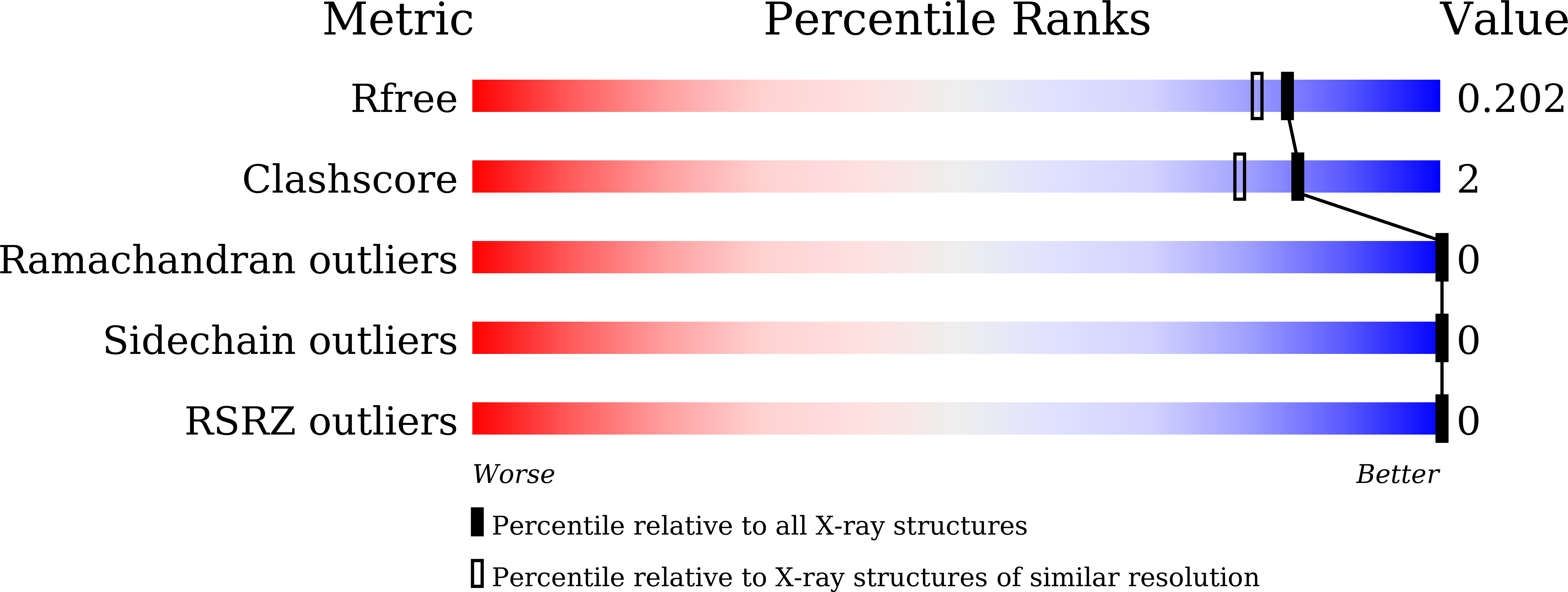
Deposition Date
2024-09-29
Release Date
2025-07-02
Last Version Date
2025-10-22
Entry Detail
PDB ID:
9JRR
Keywords:
Title:
Crystal structure of YjgK from Salmonella Typhimurium
Biological Source:
Source Organism:
Host Organism:
Method Details:
Experimental Method:
Resolution:
1.76 Å
R-Value Free:
0.20
R-Value Work:
0.15
R-Value Observed:
0.15
Space Group:
P 21 21 21


